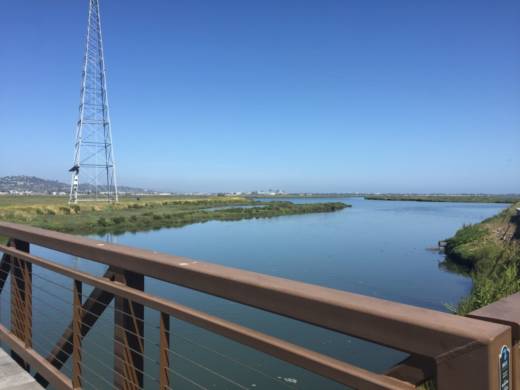Last year, on June 7, the nine counties of the Bay Area passed a ballot measure called Measure AA. The measure placed a $12 per year parcel tax on local landowners to be directed towards wetlands restoration.
Environmental advocacy nonprofit Save the Bay “realized in 2003 that the main limiting factor in getting these already acquired areas restored to tidal marsh was money,” said David Lewis, the organization’s executive director. Save the Bay came up with the idea of Measure AA and the regional authority that regulates it, the San Francisco Bay Restoration Authority.
Originally, the Bay had around 200,000 acres of marsh land. Salt harvesting and urban development, though, decimated the wetlands throughout the 19th and 20th Centuries, until restoration efforts began in the 1990s. A 1999 study called for the region to rebuild 100,000 acres of healthy wetlands — an attainable goal, since much of the former marshland is actually already under public ownership.
Measure AA will raise $500 million over 20 years, providing a third of the total $1.5 billion needed to reach the restoration goal. But even with the help of an assortment of other grants, the project is currently less than 30 percent funded.
Proposed cuts to federal environmental funding will also place a higher burden on state and local government to finance the wetlands restoration before sea level rise rates are projected to begin accelerating around 2030.

